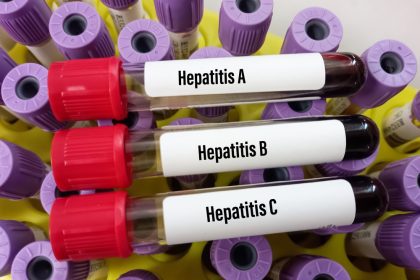As we continue to navigate through the COVID-19 pandemic, distinguishing between a common cold and COVID-19 symptoms has become increasingly crucial. Both illnesses share several symptoms, making it difficult to differentiate between them. Understanding the key differences and knowing when to seek medical advice can help manage and prevent the spread of COVID-19.
Symptoms of a common cold
The common cold is caused by various viruses, with rhinoviruses being the most common. Symptoms typically include:
- Runny or stuffy nose: One of the most recognizable symptoms of a cold is nasal congestion or a runny nose.
- Sneezing: Frequent sneezing is another hallmark of a cold.
- Sore throat: A mild to moderate sore throat often accompanies a cold.
- Cough: A dry or productive cough may be present.
- Mild fever: Although less common, some people may experience a low-grade fever.
- Fatigue: Feeling tired and sluggish is common but usually not severe.
Colds typically develop gradually, and symptoms usually peak within the first few days before gradually improving over a week to ten days.
Symptoms of COVID-19
COVID-19, caused by the SARS-CoV-2 virus, shares several symptoms with the common cold but also has distinct differences. Common symptoms of COVID-19 include:
- Fever: A high fever is one of the most common symptoms of COVID-19.
- Dry cough: A persistent, dry cough is another frequent symptom.
- Shortness of breath: Difficulty breathing or shortness of breath can indicate a more severe case of COVID-19.
- Loss of taste or smell: This unique symptom is more specific to COVID-19 and less common in colds.
- Fatigue: Severe tiredness and exhaustion can be more pronounced in COVID-19.
- Body aches: Muscle and body aches are also common.
- Sore throat: Similar to a cold, a sore throat can be present.
- Headache: Headaches are frequently reported by those with COVID-19.
- Congestion or runny nose: While less common, these symptoms can also appear.
Key differences between a cold and COVID-19
Understanding the key differences between a common cold and COVID-19 symptoms can help you determine the next steps:
- Onset of symptoms: Colds usually have a gradual onset, whereas COVID-19 symptoms can appear more suddenly and may worsen rapidly.
- Fever severity: High fevers are more commonly associated with COVID-19 than with colds.
- Loss of taste or smell: This symptom is particularly indicative of COVID-19 and is less common in colds.
- Shortness of breath: Difficulty breathing is a significant concern with COVID-19 and typically not a symptom of a common cold.
- Severity and duration: COVID-19 symptoms can be more severe and last longer compared to the common cold.
When to seek medical advice
If you are experiencing symptoms and are unsure whether you have a common cold or COVID-19, it is essential to take precautions. Here are some steps to consider:
- Self-isolate: If you have symptoms that could be COVID-19, self-isolate to prevent potential spread.
- Get tested: COVID-19 testing can help determine if you are infected with the virus. Rapid tests and PCR tests are widely available.
- Monitor symptoms: Keep track of your symptoms. If you experience shortness of breath, high fever, or loss of taste or smell, seek medical advice promptly.
- Consult a healthcare provider: If your symptoms worsen or you have underlying health conditions, contact a healthcare provider for guidance.
Preventive measures
Whether dealing with a common cold or COVID-19, preventive measures are crucial in limiting the spread of illness. Here are some tips:
- Practice good hygiene: Wash your hands frequently with soap and water for at least 20 seconds. Use hand sanitizer when soap is unavailable.
- Wear a mask: Wearing a mask can reduce the spread of respiratory droplets, especially in crowded or indoor settings.
- Maintain social distancing: Keep a safe distance from others, particularly if you or they are showing symptoms.
- Get vaccinated: COVID-19 vaccines are effective in reducing the severity of illness and preventing infection.
Conclusion
Distinguishing between a common cold and COVID-19 symptoms can be challenging due to their similarities. However, recognizing the key differences, such as the presence of a high fever, loss of taste or smell, and shortness of breath, can help you determine the appropriate course of action. Taking preventive measures, self-isolating if symptoms arise, and seeking medical advice when necessary are essential steps in managing and mitigating the spread of both illnesses. Stay informed and vigilant to protect yourself and others during this ongoing pandemic.
















